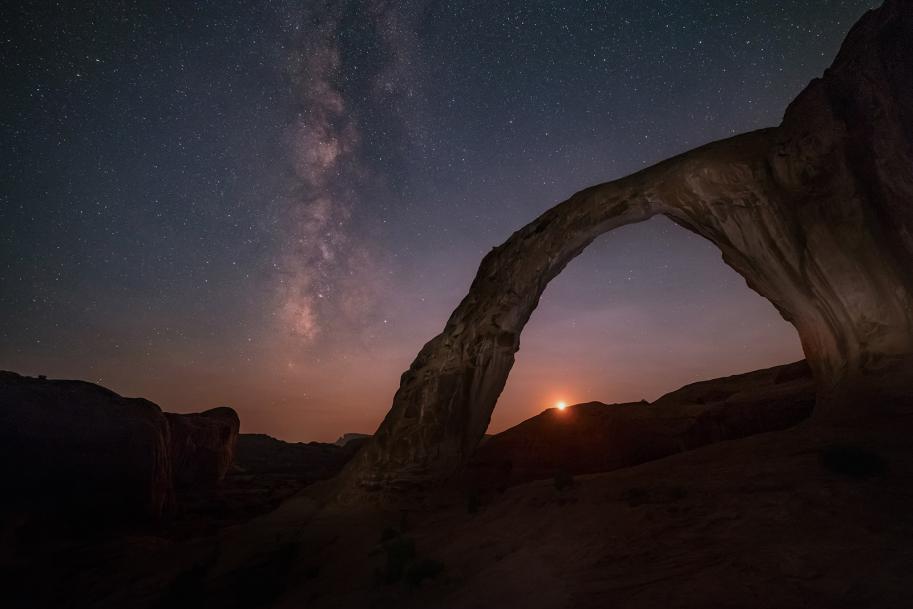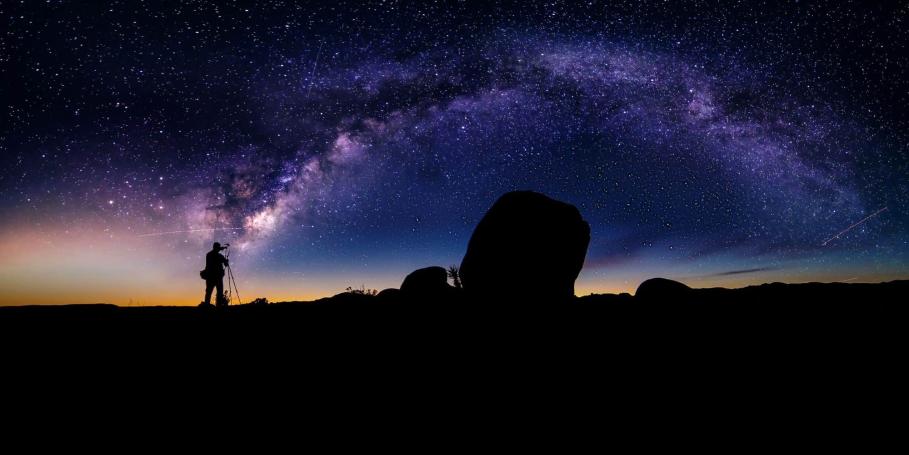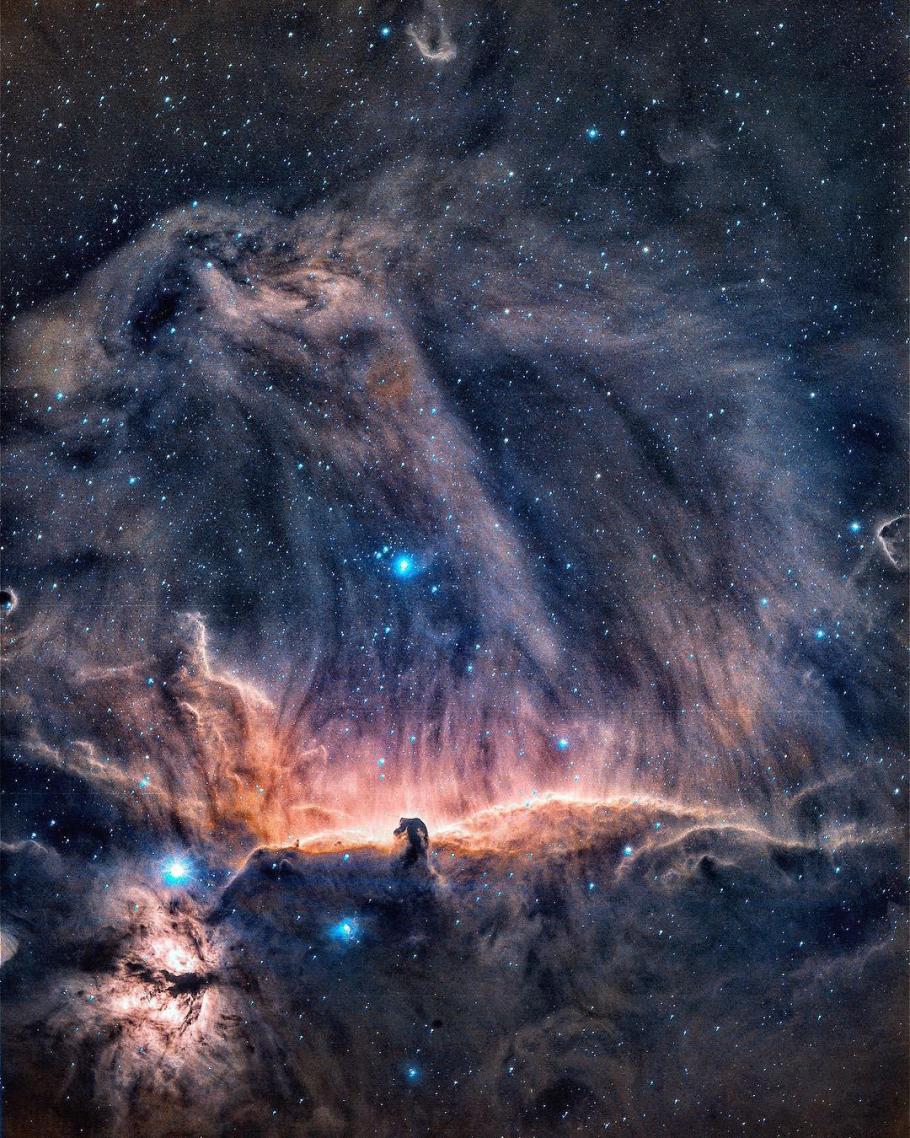From Beginner to Pro: A Step-by-Step Guide to Northern Lights Astrophotography
The Northern Lights, also known as Aurora Borealis, are a natural light display that occurs in the sky primarily in high-latitude regions. These mesmerizing lights are caused by the interaction of charged particles from the sun with the Earth's atmosphere. Capturing the beauty of the Northern Lights through astrophotography can be a rewarding experience, but it requires careful planning and technical expertise.

In this comprehensive guide, we will take you on a step-by-step journey to mastering Northern Lights astrophotography, from choosing the right equipment to processing your images like a pro.
1. Understanding The Northern Lights
Before embarking on your astrophotography adventure, it's essential to understand the science behind the Northern Lights. This knowledge will help you predict when and where the lights are likely to appear, increasing your chances of capturing stunning images.
- Solar Activity: The Northern Lights are influenced by solar activity, particularly coronal mass ejections (CMEs) and solar flares. These events release charged particles that travel towards Earth, interacting with the atmosphere to create the auroral displays.
- Geomagnetic Storms: When the charged particles from the sun interact with Earth's magnetic field, they create geomagnetic storms. These storms can intensify the Northern Lights, making them brighter and more vibrant.
- Kp Index: The Kp index is a measure of geomagnetic activity. A higher Kp index indicates increased chances of seeing the Northern Lights.
2. Choosing The Right Equipment

Astrophotography requires specialized equipment to capture the faint light of the Northern Lights. Here's what you need:
- Camera: A DSLR or mirrorless camera with a full-frame sensor is ideal for astrophotography. A full-frame sensor provides better low-light performance and reduces noise.
- Lens: A wide-angle lens with a large aperture (f/2.8 or wider) is recommended for capturing the vastness of the Northern Lights. A focal length of 14-24mm is a good starting point.
- Tripod: A sturdy tripod is essential for keeping your camera steady during long exposures. Look for a tripod that can support the weight of your camera and lens.
- Remote Shutter Release: A remote shutter release allows you to trigger the camera without touching it, minimizing vibrations that can blur your images.
3. Planning Your Shoot
Careful planning is crucial for successful Northern Lights astrophotography. Here are some factors to consider:
- Location: Choose a location with minimal light pollution and a clear view of the northern horizon. Dark sky parks or remote areas away from cities are ideal.
- Time of Year: The Northern Lights are most visible during the winter months (September to April) when the nights are longer.
- Weather Conditions: Clear skies and cold temperatures are ideal for Northern Lights photography. Avoid cloudy or rainy nights.
- Aurora Forecast: Check aurora forecasts and predictions to increase your chances of seeing the lights.
4. Camera Settings And Techniques

Once you're at your chosen location, it's time to set up your camera and capture the Northern Lights:
- Manual Mode: Switch your camera to manual mode to have complete control over the exposure settings.
- Aperture: Set your aperture to the widest possible setting (e.g., f/2.8) to let in as much light as possible.
- Shutter Speed: Experiment with different shutter speeds to achieve the desired brightness and motion blur. Longer exposure times (e.g., 15-30 seconds) will capture more light and create a smoother look, while shorter exposure times (e.g., 1-5 seconds) will freeze the movement of the lights.
- ISO: Start with a low ISO (e.g., ISO 100-400) to minimize noise. Increase the ISO if needed to achieve a brighter image.
- Focus: Use manual focus and focus on a distant object (e.g., a star or a mountain) to ensure sharp images.
- White Balance: Set the white balance to a custom setting (e.g., tungsten or daylight) to achieve accurate colors.
5. Post-Processing Your Images
After capturing your Northern Lights images, it's time to enhance them using post-processing software:
- Raw Format: Shoot in raw format to preserve the maximum amount of data for post-processing.
- Adjust Exposure and Contrast: Adjust the exposure and contrast to bring out the details in the Northern Lights.
- White Balance Correction: Fine-tune the white balance to achieve accurate colors.
- Noise Reduction: Apply noise reduction techniques to reduce noise and grain in your images.
- Color Adjustments: Adjust the colors to enhance the vibrancy of the Northern Lights.
- Sharpening: Apply sharpening to enhance the details in the lights.
With careful planning, the right equipment, and a bit of practice, you can capture stunning images of the Northern Lights. Remember to experiment with different settings and techniques to find what works best for you. The reward for your efforts will be breathtaking photographs of one of nature's most awe-inspiring phenomena.
YesNo

Leave a Reply